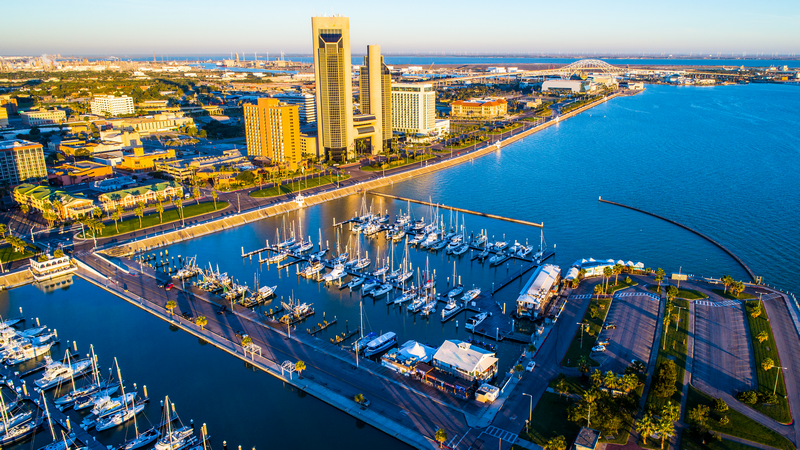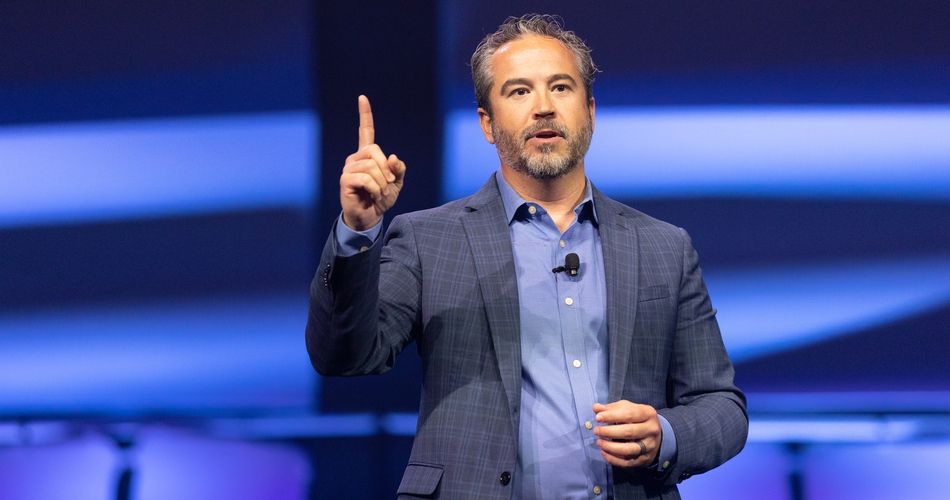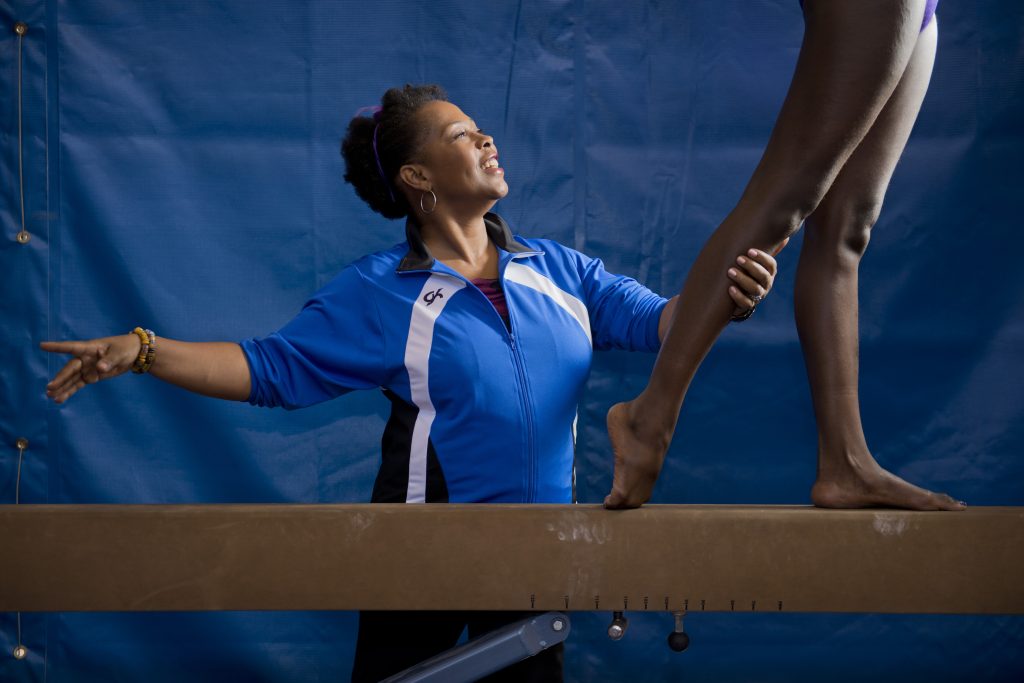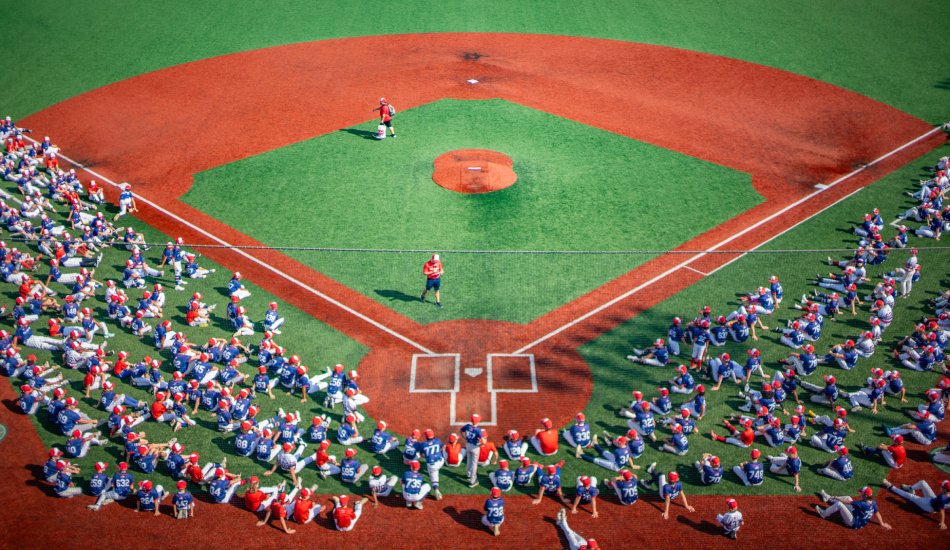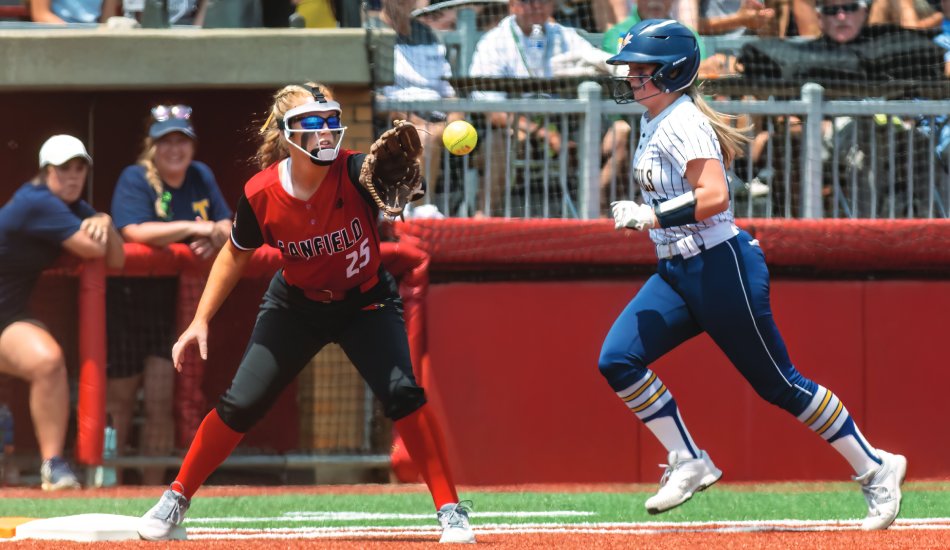One of the most common questions we are asked by destinations is this, “What organizational structure is the best for sports tourism?” The answer (to borrow a line from my favorite college professor) is…..
“It depends.”
There are far too many variables to point to one structure that would work best for everyone. What works in one place may not be ideal in another, so we need to dive a bit deeper to truly evaluate how the puzzle pieces will best fit in a given community.
If we were to cast a broad brush over the sports tourism and events industry, we could make some general statements about organizational structure. However, there is always an exception to every rule. For example….
- Most often, the sports tourism effort is part of the convention and visitors bureau (CVB). We call this a “blended” model when the sports staff is actually part of the CVB structure. This model works well in small and mid-sized markets like Eugene, Tucson, Branson, Kalamazoo, and Hershey. At the same time, other small and mid-sized markets have opted towards a separate stand-alone sports commission. Grand Junction, Evansville, Omaha, Wichita, Augusta, and Baton Rouge are some examples of places where a separate sports organization fit their community better than a blended model.
- In the larger markets, separate stand-alone sports commissions are more the norm. St. Louis, Houston, Atlanta, Louisville, Los Angeles, San Antonio. However, just as many large markets have a blended model. Denver, Tulsa, Philadelphia, Anaheim, Dallas. So again, what works in one community may not be the solution in another.
So you may ask, “How do we figure out what the best model is for our community?” We recently had the opportunity to talk with the new CEO of Visit Tacoma, Dean Burke. Prior to his role there, Dean led the Tacoma Sports Commission, which over the past year was rolled into Visit Tacoma. A merger if you will. We asked Dean why they decided to pull the two organizations together, and what they have learned so far about the positives and negatives of this new format. Here are our takeaways from that conversation…..
- In the case of Tacoma, the structural discussion came about with the departure of the CVB’s then CEO to another market. They took that leadership change as an opportunity re-evaluate their model to potentially build a better mousetrap going forward. Should your destination experience leadership turnover, there may be a larger opportunity to take a step back and recalibrate.
- In places (like Tacoma) where many of the key players and primary stakeholders are identical for the CVB and the sports tourism entity, it makes more sense to unify the efforts for operational efficiencies. In Tacoma’s case, both the CVB and sports commission had nearly identical contracts with the various funding agencies in the community, so it was easy to bring the community and the organizations together. In the end, they will remove redundancies and enhance communication throughout their tourism community.
- As a tier two market, Tacoma has to be smart with their limited resources, so a merger made a lot of sense for their destination. They have decided to serve more as a community enrichment organization and lead the collective conversations around facilities, event creation, and overall product development for the destination. Their position is that if they put the right big picture pieces in place (such as new and enriched facilities) that the events will come and the tourism part will take care of itself. They seek to understand where their destination has gaps and work to fill those gaps for long-term success. Their mantra is to “set the table” for the community to sustain its tourism and events mission from one year to the next.
Our team has worked with over 50 destinations on nearly 100 strategic planning projects. Adding on to Dean’s strategy for success in Tacoma, we would offer four big questions you should ask when evaluating what model should work for your community:
Is the organization set up to create/own/operate its own events, or are you going to play the traditional bid game?
Is it all about heads in beds or is there a community wellness vision for the sports events and programs effort?
What stakeholders are at the table today? If your sports entity goes beyond heads in beds, who else may join the team and support the organization long-term?
What funding mechanisms are available for the CVB and/or sports entity based on the structure you choose? Sustainable funding is critical no matter what format you select to operate within.
Even if you have answers to those questions, there may not be a clear cut structure to build around. There are sports commissions based in CVBs, chambers of commerce, cities, counties, mayor’s offices, those that stand alone, and yes even one housed in a collegiate athletic department.
There is an optimum set-up for every destination, and it may even be one you have not yet considered. Ask the bigger picture questions and put all your cards on the table. Your community is looking to you as a leader in our industry to serve as good stewards of their future, no matter what structure you choose to deploy.
About the author:
Jon Schmieder is the Founder of the Huddle Up Group LLC, a sports industry consulting company led by award winning executives. Schmieder has over 20 years of experience in leading sports tourism and events organizations through strategic growth and increased community collaboration. The Huddle Up Group has worked with more than 50 sports organizations and destinations on nearly 100 different strategic projects. In 2017 the Huddle Up Group was given the Superior Service Award, the highest honor a consulting firm can earn from the National Association of Sports Commissions. We can be reached at Jon@HuddleUpGroup.com or 602.369.6955. To receive the weekly “Monday Huddle Up” visit www.HuddleUpGroup.com or sign up at www.tinyletter.com/JonSchmieder.



